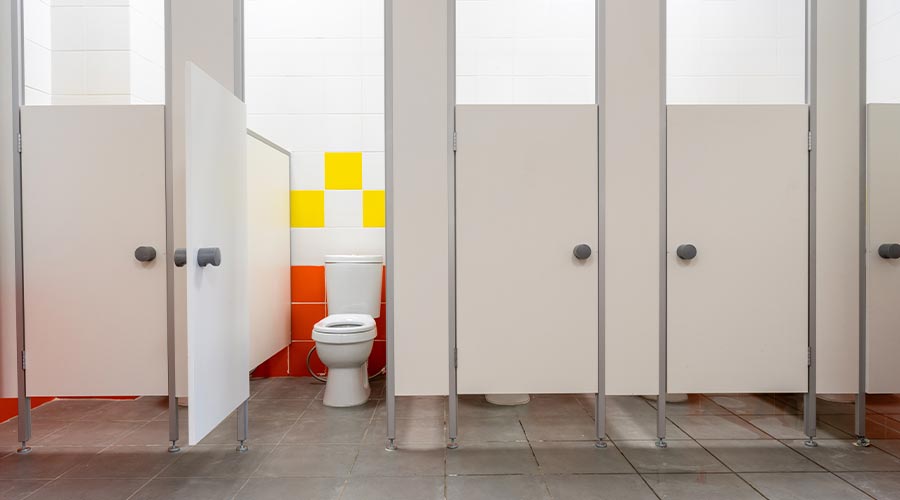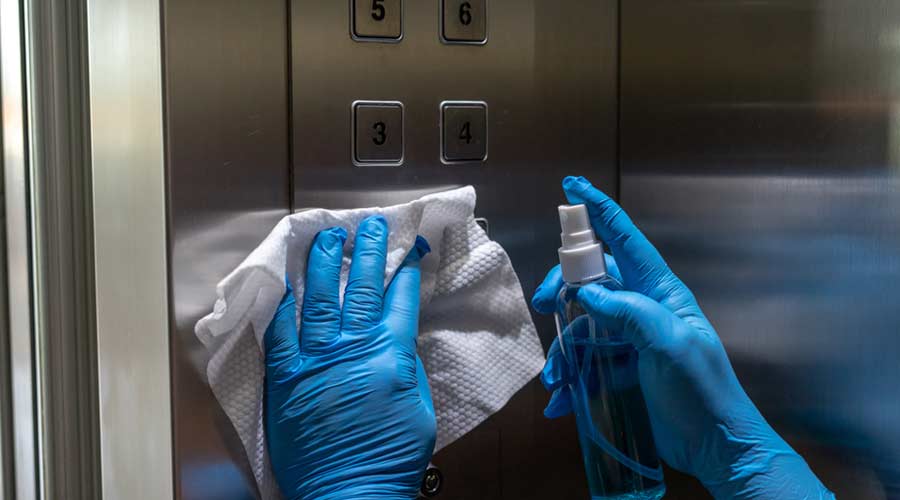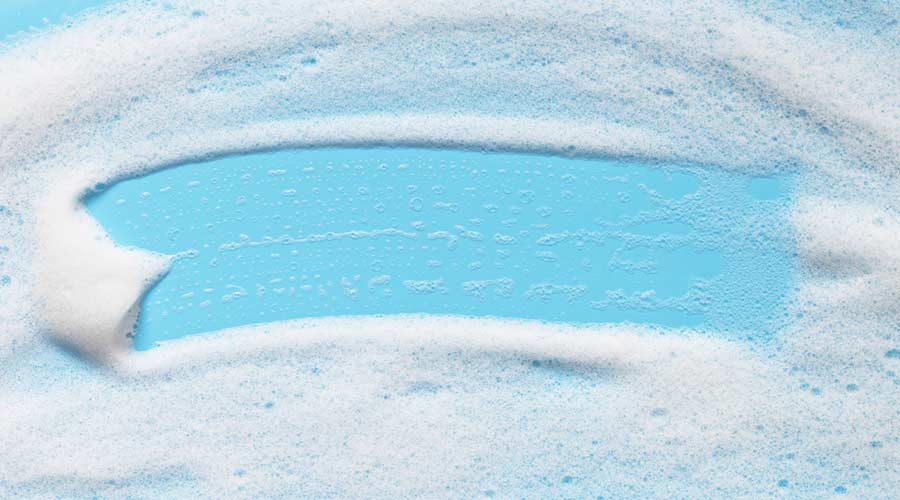
With high traffic and varying personal hygiene standards, public restrooms can be germ hotspots. But which areas are most likely to be contaminated? Hand Dryer USA released a list of the top nine germiest surfaces in restrooms, demonstrating where users should be wary and cleaners should focus their efforts. While results vary based on facility, cleaning products, and cleaning schedule, the following surfaces are noted to build higher contamination.
9. Hand dryer housings. Exterior touch points on push-button models accumulate germs.
8. Floor perimeter. Floors, especially near toilets and urinals, get dirty from splashes and over spraying, and transfer via footwear.
7. Baby changing stations. The straps and buckles on baby changing stations are particularly prone to contamination if they’re not sanitized regularly.
6. Counter surfaces. Counters near sinks are in splash zones. Personal phones and purses are also placed here, potentially introducing outside germs.
5. Toilet flush handles/buttons. Manual buttons and handles are prone to germs as they are touched before hands are cleaned. Stall latches are also contaminated often.
4. Paper towel levers. Again, manual levers are particularly dangerous. Shared trash bin lids are also bad, as they can encounter contaminants such as outside garbage or paper towels that have been used to blow noses.
3. Soap dispenser buttons/nozzles. Touchless dispensers are much cleaner, but manual ones are some of the first things to encounter dirty hands.
2. Faucet handles and sink rims. Contact with faucets and sink rims occurs before hands are fully washed.
1. Entry/exit door handles and push plates. Whether someone enters with germs or doesn’t get rid of them while using the facilities, door handles are the dirtiest surfaces in public restrooms.
There are several things one can do to reduce contamination:
Upgrade touch points. Use sensor faucets and soap, contactless hand dryers, and door equipment that can be used with forearms, feet, and hips or simply automatic doors. Anything that can be touchless in a restroom should be.
Clean during busy times. Wipe down more often during high traffic periods, especially in areas like door handles, faucets, flush points, and baby changing stations.
Be aware of splashes. Keep sink counters and rims dry, and position hand dryers or paper towel dispensers to minimize cross-traffic.
Use the right materials. Utilize smooth, cleanable surfaces and durable finishes.
Keep soap and water stocked. Ensure constant soap and water access as handwashing will keep surfaces, and people, clean.
Maintenance. Replace things like worn sensors, clogged soap dispensers, and overflowing trash immediately

 The Down and Dirty on Cleaning in Virus Season
The Down and Dirty on Cleaning in Virus Season How Surfactant Use is Expanding in Commercial Cleaning
How Surfactant Use is Expanding in Commercial Cleaning